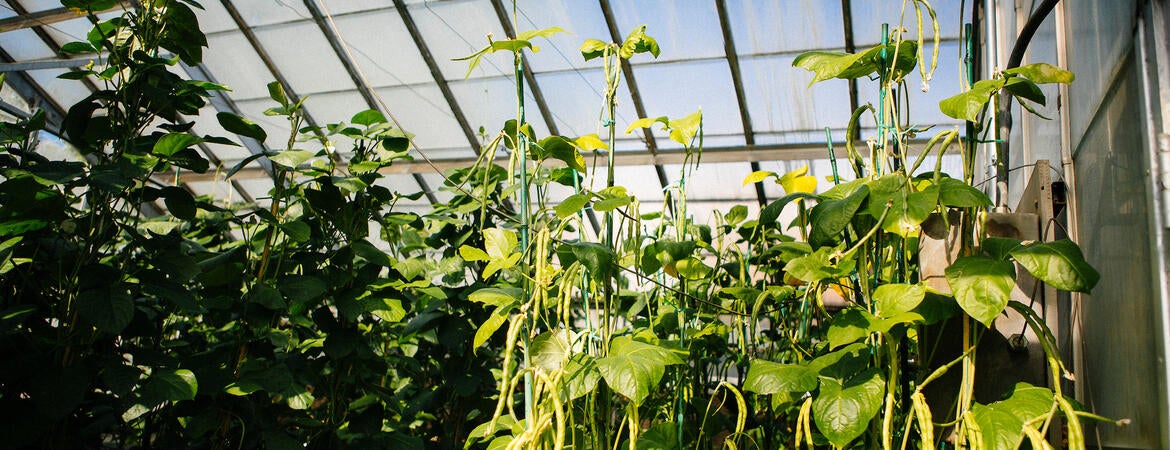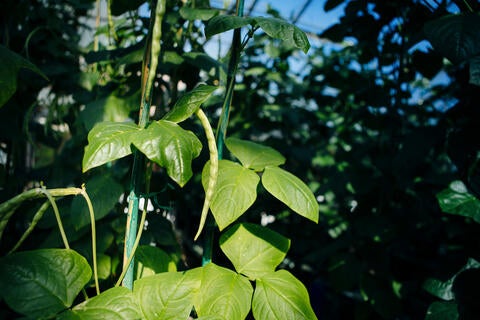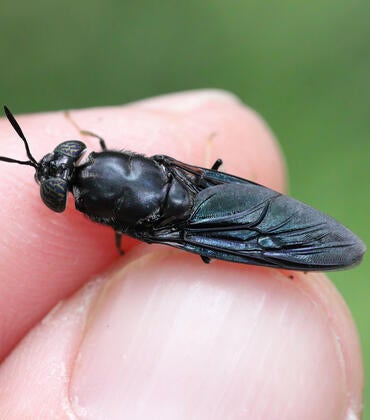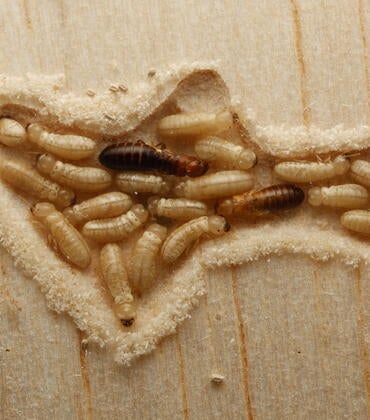
For a decade, scientists have believed that plants sensed temperature mainly through specialized proteins, and mainly at night when the air is cool. New research suggests that during the day, another signal takes over. Sugar, produced in sunlight, helps plants detect heat and decide when to grow.
The study, led by Meng Chen, a University of California, Riverside professor of cell biology, shows that plants rely on multiple heat-sensing systems, and that sugar plays a central and previously unrecognized role in daytime temperature response.
The findings, published in Nature Communications, reshape a long-standing view of how plants interact with their environment and could influence future strategies for climate-resilient agriculture.
“Our textbooks say that proteins like phytochrome B and early flowering 3 (ELF3) are the main thermosensors in plants,” Chen said. “But those models are based on nighttime data. We wanted to know what’s happening during the day, when light and temperature are both high because these are the conditions most plants actually experience.”
To investigate, the researchers used Arabidopsis, a small flowering plant favored in genetics labs. They exposed seedlings to a range of temperatures, from 12 to 27 degrees Celsius, under different light conditions, and tracked the elongation of their seedling stems, known as hypocotyls — a classic indicator of growth response to warmth.
They found that phytochrome B, a light-sensing protein, could only detect heat under low light. In bright conditions that mimic midday sunlight, its temperature-sensing function was effectively shut off. Yet, the plants still responded to heat, growing taller even when the thermosensing role of phytochrome B was greatly diminished. That, Chen said, pointed to the presence of other sensors.
One clue came from studies of a phytochrome B mutant lacking its thermosensing function. These mutant plants could respond to warmth only when grown in the light. When grown in the dark, without photosynthesis, they lacked chloroplasts and did not grow taller in response to warmth. But when researchers supplemented the growing medium with sugar, the temperature response returned.
“That’s when we realized sugar wasn’t just fueling growth,” Chen said. “It was acting like a signal, telling the plant that it’s warm.”
Further experiments showed that higher temperatures triggered the breakdown of starch stored in leaves, releasing sucrose. This sugar in turn stabilized a protein known as PIF4, a master regulator of growth. Without sucrose, PIF4 degraded quickly. With it, the protein accumulated but only became active when another sensor, ELF3, also responded to the heat by stepping aside.
“PIF4 needs two things,” Chen explained. “Sugar to stick around, and freedom from repression. Temperature helps provide both.”
The study reveals a nuanced, multi-layered system. During the day, when light is used as the energy source to fix carbon dioxide into sugar, plants also evolved a sugar-based mechanism to sense environmental changes. As temperatures rise, stored starch converts into sugar, which then enables key growth proteins to do their job.
The findings could have practical implications. As climate change drives temperature extremes, understanding how and when plants sense heat could help scientists breed crops that grow more predictably and more resiliently under stress.
“This changes how we think about thermosensing in plants,” Chen said. “It’s not just about proteins flipping on or off. It’s about energy, light, sugar, as well.”
The findings also underscore, once again, the quiet sophistication of the plant world. In the blur of photosynthesis and starch reserves, there’s a hidden intelligence. One that knows, sweetly and precisely, when it’s time to stretch toward the sky.
(Cover image of UCR greenhouse plants: Elena Zhukova/UCR)




